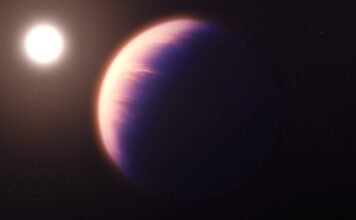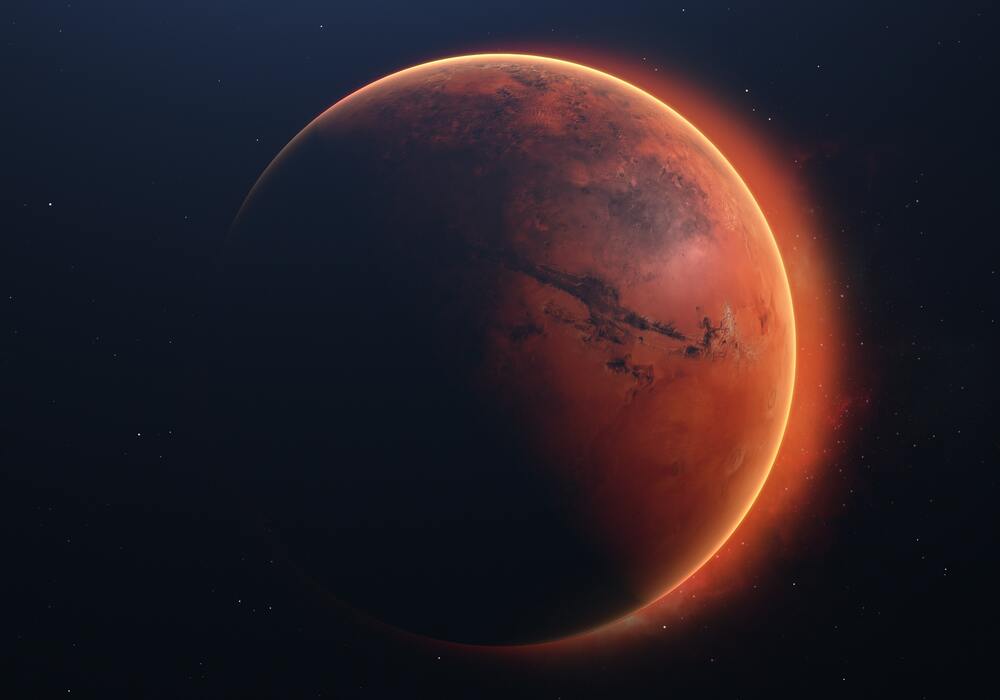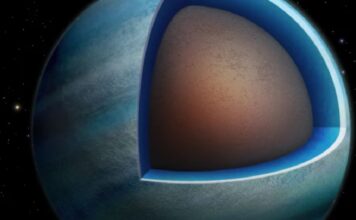Shrouded in a hazy atmosphere that hides shallow lakes of liquid hydrocarbons, Titan is the strange world we’ve been dying to see up close.
It’s also why NASA is preparing to launch a rotorcraft to explore the world in 2027.
At least we now have a better idea of the landscape rewards awaiting NASA’s Dragonfly mission.
The vehicle will reach Saturn’s largest moon in 2034 and will eventually land on the Shangri-La Dunes near the Selke Crater.
Described by the researchers as a “scientifically interesting area” worth exploring, there’s still a lot we need to know.
A new study has mapped six specific areas of the region, identifying it as a site likely to be covered in sand dunes and broken snow and ice.
This work will lay the groundwork for models and hypotheses that Dragonfly can test once the probe lands.
“Dragonfly will touch down on a dry equatorial region of Titan — a cold, thick atmosphere, hydrocarbon-filled world,”
said planetary scientist Léa Bonnefoy of Cornell University in New York.
“It rains liquid methane sometimes, but it’s more like a desert on Earth — there are dunes, some hills and an impact crater. We’re keeping a close eye on the landing site, its structure and surface.”
This close-up look involves a detailed analysis of the radar images taken by the Cassini probe: By looking at how the radar signal changes and reflects from different angles (technically called a backscatter curve),
The researchers were able to make educated guesses about parts of Titan’s surface.
Since Cassini’s images have only about 300 meters (984 feet) of resolution per pixel, So the team also took into account data collected by the Huygens lander, which landed just south of the new intended landing site.
So far, many details, such as the height and shape of Selke crater, are only estimates. This means that there is still a lot of analytical work to be done between now and 2034.
“We’re going to see a lot of attention in the Selke crater region over the next few years,” said Alex Hayes, a planetary scientist at Cornell University.
The Dragonfly will be what’s called a rotorcraft: a helicopter-like device that operates similarly to a consumer-grade drone when it reaches a landing zone.
It is planned to weigh about 450 kg (992 lb) and have eight rotors, each about one meter (3.3 ft) in diameter.
In Titan’s low-wind, low-gravity atmosphere, Dragonfly will fly at a top speed of 36 kilometers (22 miles) per hour, making farther and farther journeys away from its initial landing site.
Because Titan resembles early Earth in many ways, scientists hope to learn more about our own planet and this Saturn moon.
Ultimately, once Dragonfly arrives, our knowledge of Titan will increase dramatically, just as the Curiosity rover has shown us more about Mars.
“Dragonfly will finally show us what the region — and Titan — Titan looks like,” Bonnefoy said.
The research has been also published in Planetary Science Journal.




